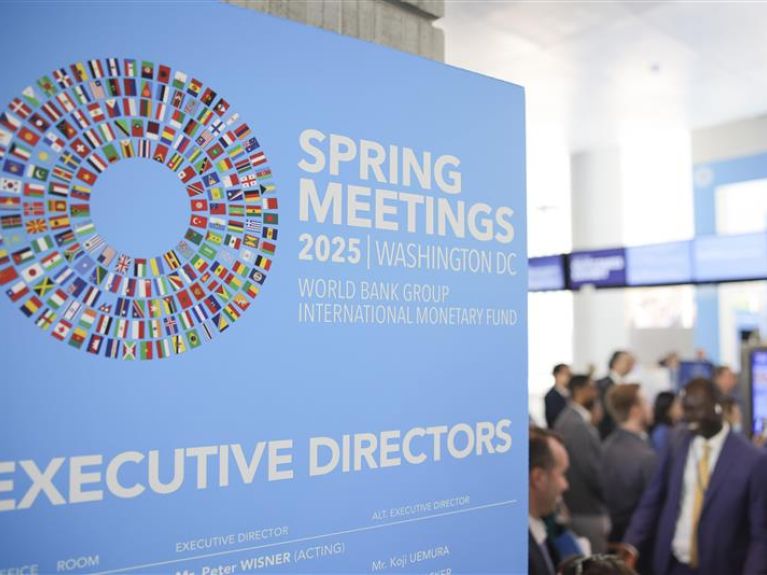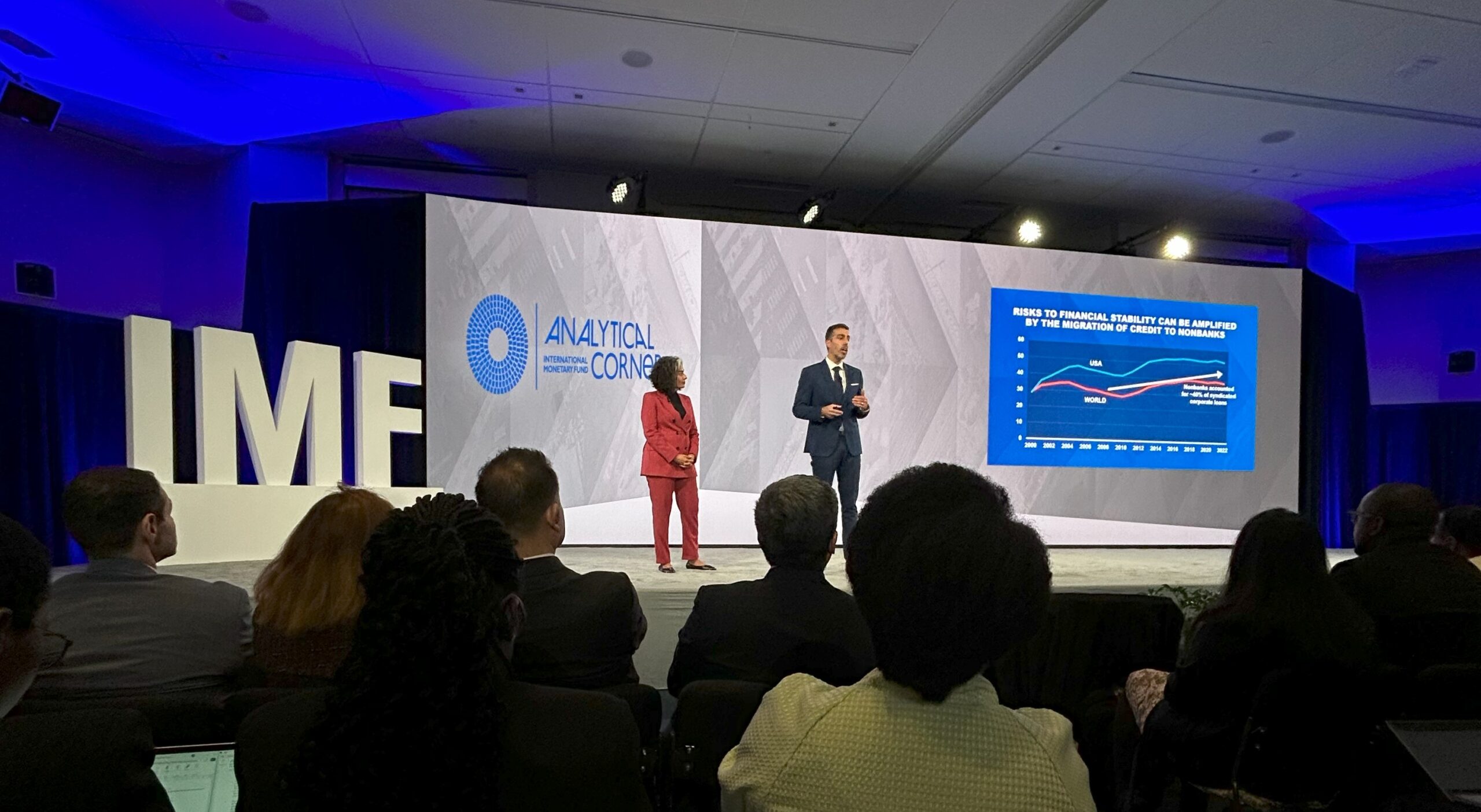European Union at a Strategic Crossroads Amid a New Cycle of Uncertainty
In a conversation with Paschal Donohoe, President of the Eurogroup and Minister for Finance of Ireland, several core themes dominated the discussion: financing increased defense spending without undermining fiscal responsibility, the future of trade relations with the United States, and the next steps toward financial integration within the bloc.
Fiscal Policy and Defense: The New European Balance
One of the central questions addressed was how European countries can reconcile rising defense expenditures with long-term fiscal sustainability. Donohoe’s response was direct: “Finance ministers must maintain confidence in public finances while responding to rising security demands,” he noted, underscoring that the memory of post-2008 austerity remains vivid, and there is a shared desire to avoid another decade of cuts to strategic public investment.
When asked whether the current moment calls for the creation of a “Next Generation EU 2.0,” Donohoe was unequivocal: now is not the time for a new recovery fund akin to the post-pandemic package.
“Three preconditions must be met before that becomes a viable discussion: proven success of the current program, conclusion of the negotiations on the new Multiannual Financial Framework (MFF), and full utilization of existing instruments, such as national flexibility clauses and European credit lines,” he explained.
Trade Relations with the U.S. and Global Reorientation
On the prospects for a new EU-U.S. trade agreement, Donohoe offered a pragmatic view: expectations are modest. The U.S. political landscape remains volatile, and the 90-day window to renegotiate tariffs imposed by former President Donald Trump is considered unworkable. The most realistic path forward involves partial measures that could pave the way for more structured cooperation over time.
In light of these constraints, the European Union is showing renewed interest in agreements with Latin America and Asia. European governments are increasingly willing to overcome internal barriers—such as those that delayed the ratification of CETA—and to advance the Mercosur-EU trade deal.
“Finance ministers met in Warsaw less than two weeks ago, and the main theme raised by most countries was the need to be more ambitious in our trade agenda beyond Europe. We must now be willing to confront nationally sensitive issues that were difficult in the past. What has definitively changed is the appetite and willingness to implement existing agreements and pursue new ones. I’ve never seen this level of commitment in my eight years of close involvement in these decisions,” said Donohoe.
Nevertheless, he stressed a gradualist approach when it comes to potential EU tariff concessions aimed at defusing trade tensions with the United States. Broad-based tariffs or retaliatory measures are viewed as counterproductive. Tools such as digital taxes or anti-coercion mechanisms would only be considered as a last resort.
Donohoe also emphasized that EU trade policy should align with a domestic regulatory simplification agenda. “Such a move would not only enhance European competitiveness but also create space to resolve trade disputes with strategic partners like the United States,” he noted.
Ukraine War and Europe’s New Fiscal Cycle
The war in Ukraine has reshaped European priorities and revived a concern long dormant on the continent: defense. Defense spending is no longer perceived merely as expenditure – it is now seen as a strategic investment. Some member states have gone as far as raising taxes or canceling national holidays to finance the growing security burden.
The panel also pointed out that any decision regarding frozen Russian assets remains extremely sensitive and would only be considered in extreme scenarios.
Financial Integration: Obstacles Remain
The integration of the European capital market remains one of the EU’s flagship projects. However, progress depends on several key enablers:
- Adoption of the European Commission’s securitization agenda
- National-level reforms to boost domestic savings and investment
- Tangible advances in the Investment and Savings Union (ISU), which now reports directly to the European Council
The ISU is emerging as a strategic next step complementing the Capital Markets Union (CMU). Though not yet formalized, the ISU has gained traction among EU policymakers as a potential mechanism to better channel European savings into productive domestic investment.
“The stability and predictability of European regulation are valuable assets, but they must be paired with greater agility to respond to the global environment. With geopolitical pressure from China, electoral volatility in the U.S., and a new cycle of global rearmament, the EU must act with prudence—but not paralysis. The challenge is to preserve internal cohesion without forfeiting external relevance,” Donohoe concluded.
Glossary
*The original “Next Generation EU” was a historic €750 billion recovery package approved by the EU for post-pandemic economic recovery.
**CETA (Comprehensive Economic and Trade Agreement) is a free trade agreement between the EU and Canada, negotiated from 2009 to 2014 and provisionally in force since September 2017.
Want to receive the next insights directly in your inbox? Click here (Spring Meetings) and sign up on our landing page to receive all real-time updates.
Produced by Tatiana Pinheiro, Chief Economist at Galapagos Capital.















